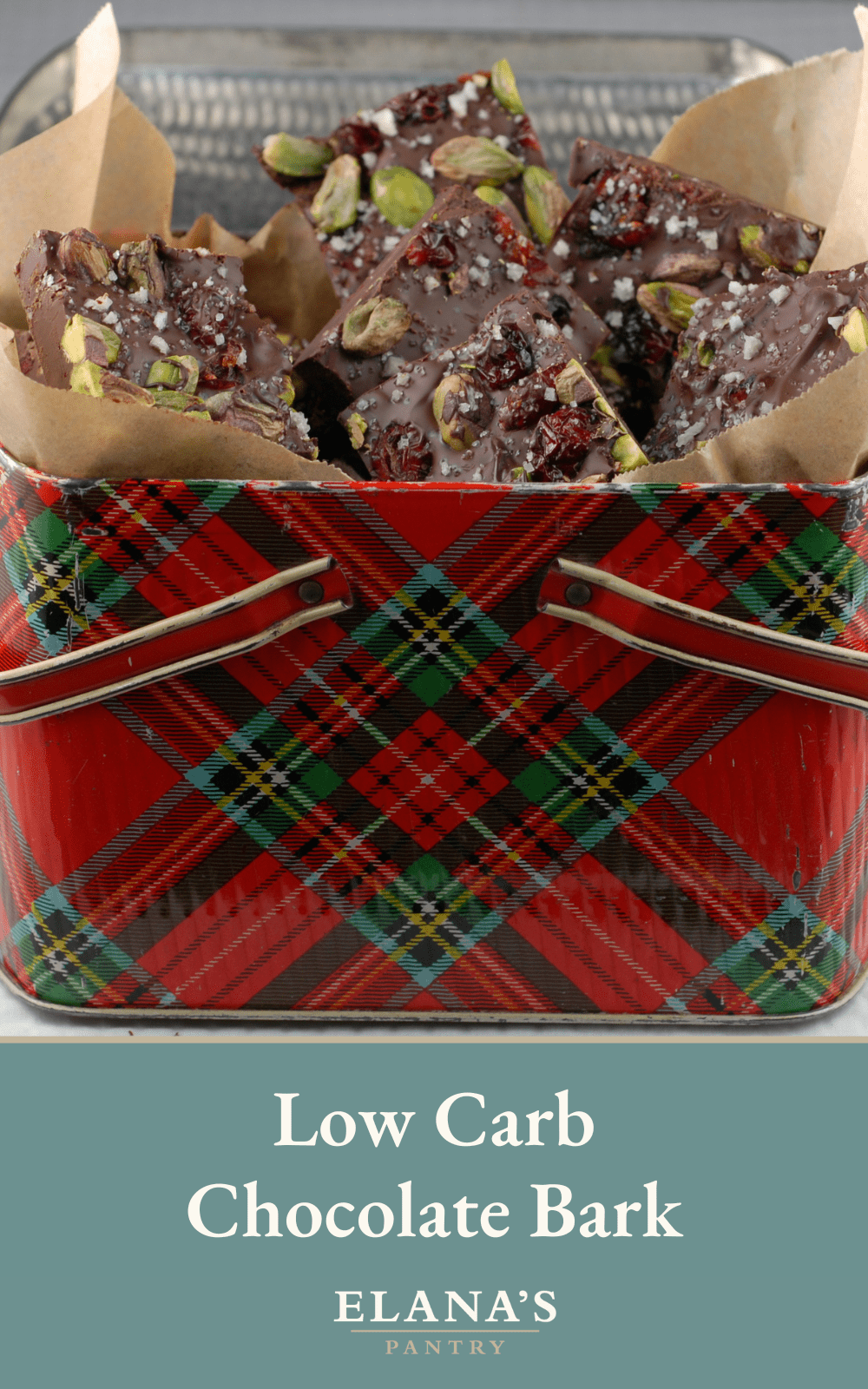This post may contain affiliate links. Read my full disclosure policy.
This family- and weeknight-friendly chicken parmesan will rival your favorite Italian restaurant’s version.

Chicken parmesan is a major family pleaser, but the traditional recipe can be time-consuming to make. Between the homemade sauce and pounding, breading, and pan-frying the chicken — not to mention melting the cheese over the chicken in the oven — the classic preparation takes well over an hour and leaves you with a sinkful of dishes. This easy recipe incorporates a few smart shortcuts, like using store-bought sauce and ready-to-cook chicken tenderloins, making it totally doable on a weeknight, yet it tastes as good as the chicken parmesan from your favorite Italian restaurant. You’ll notice that I don’t smother the chicken with sauce and cheese; this keeps the crust crispy (and you can always serve more sauce on the side). Chicken parm is a great dish for company since much of the prep can be done ahead of time. Serve with pasta, spaghetti squash, a salad, or a roasted vegetable.
What You’ll Need To Make Chicken Parmesan

- Most recipes call for boneless skinless chicken breasts, which need to be sliced in half horizontally and pounded thin. I use chicken tenderloins, which can be quickly flattened with the palm of your hand to ensure even, quick cooking. Unlike the ready-to-cook thinly sliced chicken cutlets you find at the store, they are guaranteed to be tender and juicy.
- I recommend using jarred marinara sauce. The recipe only calls for 1-1/2 cups of sauce, so it doesn’t make sense to make it from scratch, especially when there are plenty of good store-bought options (I like Rao’s or Victoria).
- Japanese-style panko creates a feathery, crisp crust, and it also stays crispy long after it is cooked, so you don’t have to pan-fry the chicken at the very last minute.
- Mozzarella cheese is usually called for in chicken parmesan recipes. However, I prefer fontina, a semisoft cheese with a buttery, nutty flavor. Fontina stays gooey after it’s melted, while mozzarella tends to turn rubbery as soon as it comes out of the oven. Most large supermarkets carry Swedish or Danish fontina (with a red wax rind), which is ideal for cooking. If you can’t find it, shredded whole milk mozzarella is fine.
Step-by-Step Instructions
Step 1: Prep and Bread the Chicken
Begin by prepping the tenderloins. You may notice a white tendon at the end of the tenderloin. Go ahead and trim it off with a knife or kitchen shears. Using the palm of your hand, gently flatten the tenderloins so that they are an even 1/4-inch thickness.
Season the flattened chicken all over with 1-1/4 teaspoons salt and 1/2 teaspoon pepper.

In a large shallow bowl (I use a pie plate), combine the panko, 3/4 cup of the Parmigiano Reggiano, the oregano, the thyme, 3/4 teaspoon salt, and 1/4 teaspoon pepper.

Mix well, making sure there are no clumps of cheese.

Place the flour in another shallow bowl. Beat the eggs in a third bowl. Set up a breading station in this order: flour, eggs, panko.

Dredge the chicken in the flour, coating evenly.

Dip in the eggs, letting any excess drip off; then dredge in the panko mixture, turning and patting to adhere.

Place the breaded chicken on a lined baking sheet. (The recipe can be prepared up to this point, covered, and refrigerated up to 8 hours ahead of time. The breaded tenders can also be frozen for up to 3 months.)

Step 2: Pan-Fry the Chicken
In a large nonstick skillet, heat about 1/8 inch of oil over medium heat until shimmering. Place 5 or 6 tenders in the pan in a single layer.

Cook until the first side is golden brown, 2 to 3 minutes. Flip the chicken and cook for another 2 to 3 minutes, until golden and cooked through. Cook the remaining chicken in the same manner, adding additional oil only if necessary.

Step 3: Top the Chicken with Cheese and Broil
Place the cooked chicken on a foil-lined baking sheet. Sprinkle the fontina and remaining 2 tablespoons Parmigiano Reggiano over the center of the chicken tenderloins, leaving the sides bare so that they remain crispy.

Broil until the cheese is melted and bubbling, 1 to 2 minutes.
Step 4: Serve
Warm the marinara sauce, then taste and adjust seasoning to your liking. With store-bought sauce, I find a generous pinch of sugar and some fresh basil go a long way.

Transfer the chicken to a serving platter or individual plates. Spoon the marinara sauce over the cheese, again leaving the sides bare so that they stay crispy. Sprinkle with fresh basil and serve.

You May Also Like
Chicken Parmesan
This family- and weeknight-friendly chicken parmesan will rival your favorite Italian restaurant’s version.
Ingredients
- 2 pounds chicken tenderloins
- 2 teaspoons salt, divided
- ¾ teaspoons freshly ground black pepper, divided
- 1½ cups panko
- ¾ cup plus 2 tablespoons grated Parmigiano Reggiano, divided
- 1 teaspoon dried oregano
- ½ teaspoon dried thyme
- ½ cup flour
- 3 large eggs
- Olive oil, for cooking
- 1½ cups homemade or store-bought marinara sauce, best quality such as Rao’s or Victoria
- 6 oz fontina, shredded (about 1½ cups)
- 3 tablespoons fresh chopped basil
Instructions
- Using kitchen shears, trim off any white tendons at the ends of the tenderloins. Using the palm of your hand, gently flatten the tenderloins so that they are an even ¼-inch thickness. Season the chicken all over with 1¼ teaspoons of the salt and ½ teaspoon of the pepper.
- In a large shallow bowl, combine the panko, ¾ cup of the Parmigiano Reggiano, the oregano, the thyme, the remaining ¾ teaspoon salt, and the remaining ¼ teaspoon pepper. Mix well, making sure there are no clumps of cheese.
- Place the flour in another shallow bowl. Beat the eggs in a third bowl. Set up a breading station in this order: flour, eggs, panko. Line a baking sheet with aluminum foil or parchment paper for easy clean up. Dredge the chicken in the flour, coating evenly; dip in the eggs, letting any excess drip off; then dredge in the panko mixture, turning and patting to adhere. Place the breaded chicken on the prepared baking sheet. (The recipe can be prepared up to this point, covered, and refrigerated up to 8 hours ahead of time.)
- Preheat the broiler and set an oven rack about 4 inches from the heating element. Bring the marinara sauce to a simmer over low heat. Taste and adjust seasoning to your liking (with store-bought sauce, I find a generous pinch of sugar and fresh basil go a long way). Cover and keep warm.
- Line another baking sheet with aluminum foil or parchment for easy clean up; set aside. In a large nonstick skillet, heat about ⅛ inch of oil over medium heat until shimmering. Place 5 or 6 tenders in the pan in a single layer and cook until the first side is golden brown, 2 to 3 minutes. Flip the chicken and cook for another 2 to 3 minutes, until golden and cooked through. Place the cooked chicken on the prepared baking sheet. Cook the remaining chicken in the same manner, adding additional oil only if necessary. You may need to lower the the heat as you go, so that the chicken doesn’t brown before it is cooked through.
- Sprinkle the fontina and remaining 2 tablespoons Parmigiano Reggiano over the center of the chicken tenderloins, leaving the sides bare so that they remain crispy. Broil until the cheese is melted and bubbling, 1 to 2 minutes.
- Transfer the chicken to a serving platter or individual plates. Spoon the marinara sauce over the cheese, again leaving the sides bare so that they stay crispy. Sprinkle with fresh basil and serve.
- Make-Ahead Instructions: The chicken tenders can be breaded and refrigerated up to 8 hours before pan-frying. The chicken is best and crispiest when fried right before baking, but it can also be fried up to 4 hours in advance and refrigerated. Reheat the chicken in a 350°F oven until warmed through, 15 to 20 minutes, before adding the cheese and proceeding with the recipe.
- Freezer-Friendly Instructions: The breaded cooked chicken tenders can be frozen for up to 3 months. Freeze the chicken on the baking sheet until firm, about 1 hour, then transfer to a resealable freezer bag or layer in an airtight container with sheets of parchment between the tenders. Defrost in the refrigerator before cooking.
Pair with
Nutrition Information
Powered by ![]()
- Per serving (About 12 servings)
- Serving size: 1 piece
- Calories: 410
- Fat: 25 g
- Saturated fat: 8 g
- Carbohydrates: 24 g
- Sugar: 3 g
- Fiber: 2 g
- Protein: 21 g
- Sodium: 751 mg
- Cholesterol: 101 mg
This website is written and produced for informational purposes only. I am not a certified nutritionist and the nutritional data on this site has not been evaluated or approved by a nutritionist or the Food and Drug Administration. Nutritional information is offered as a courtesy and should not be construed as a guarantee. The data is calculated through an online nutritional calculator, Edamam.com. Although I do my best to provide accurate nutritional information, these figures should be considered estimates only. Varying factors such as product types or brands purchased, natural fluctuations in fresh produce, and the way ingredients are processed change the effective nutritional information in any given recipe. Furthermore, different online calculators provide different results depending on their own nutrition fact sources and algorithms. To obtain the most accurate nutritional information in a given recipe, you should calculate the nutritional information with the actual ingredients used in your recipe, using your preferred nutrition calculator.






